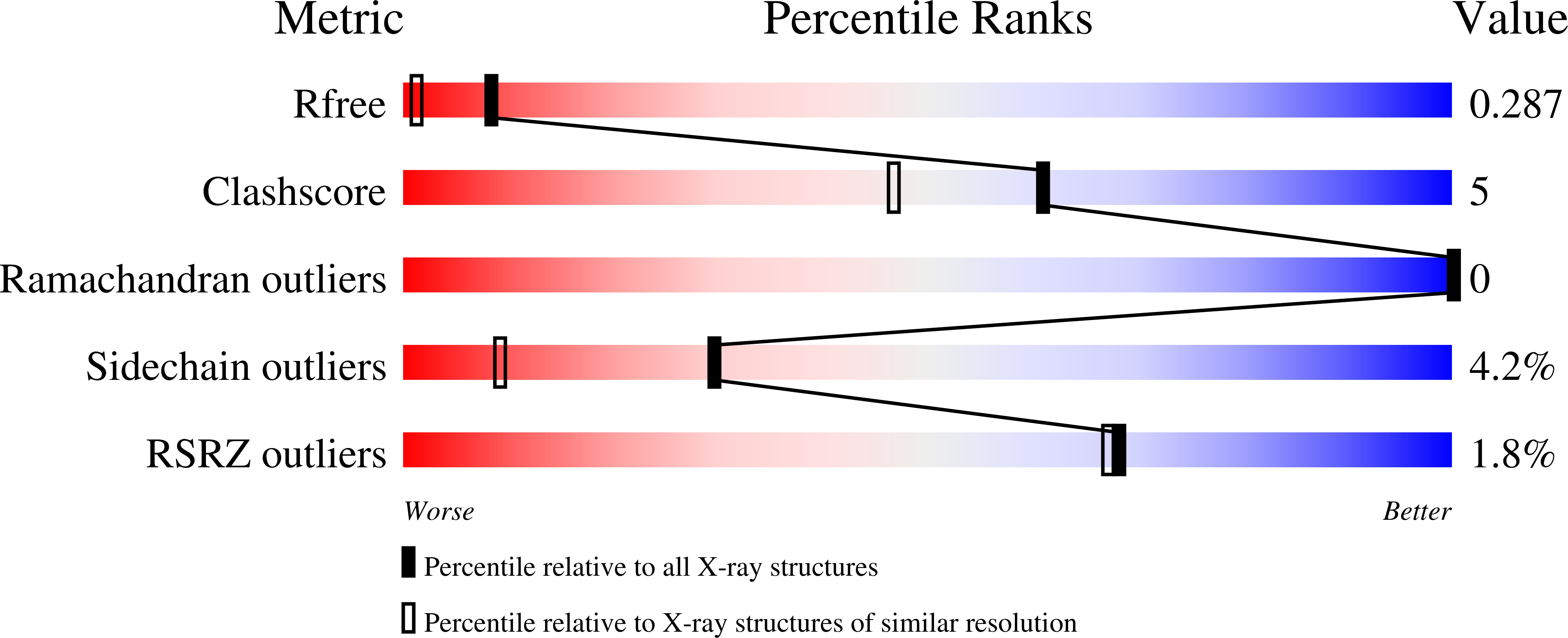
Deposition Date
2008-11-26
Release Date
2009-03-03
Last Version Date
2024-05-29
Entry Detail
PDB ID:
2ZW1
Keywords:
Title:
Crystal structure of a Streptococcal protein G B1 mutant
Biological Source:
Source Organism:
Finegoldia magna (Taxon ID: 1260)
Host Organism:
Method Details:
Experimental Method:
Resolution:
1.60 Å
R-Value Free:
0.28
R-Value Work:
0.23
R-Value Observed:
0.23
Space Group:
P 43 21 2


